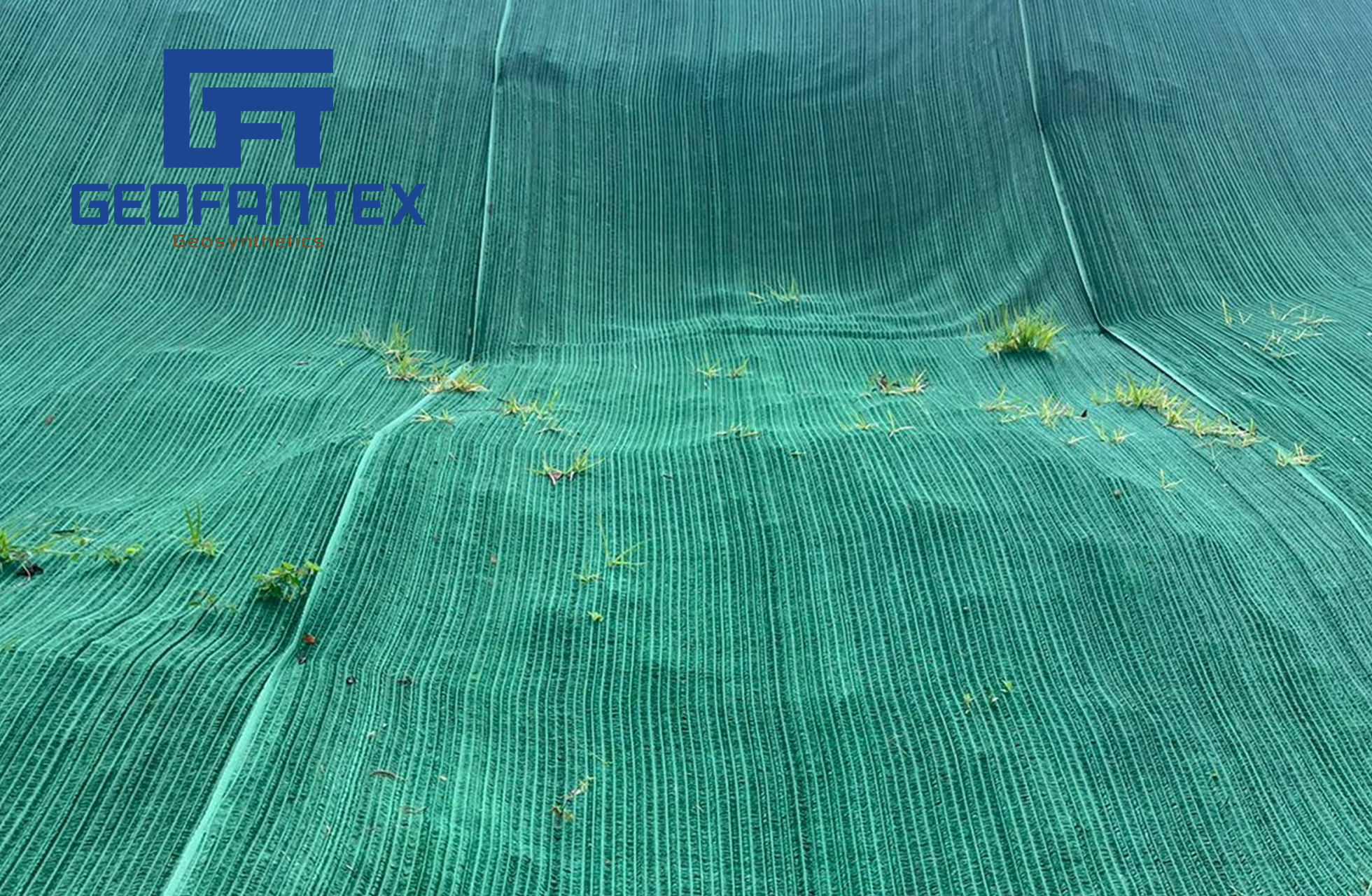+86-159 9860 6917
info@geofantex.com
geofantex@gmail.com
+86-400-8266163-44899
When it comes to improving road infrastructure, using geocomposite for paved roads is a proven method to enhance durability and reduce maintenance costs. This versatile geosynthetic material provides essential drainage, reinforcement, and separation functions in various pavement structures. Below, we answer common questions about the use and benefits of geocomposites in road construction.
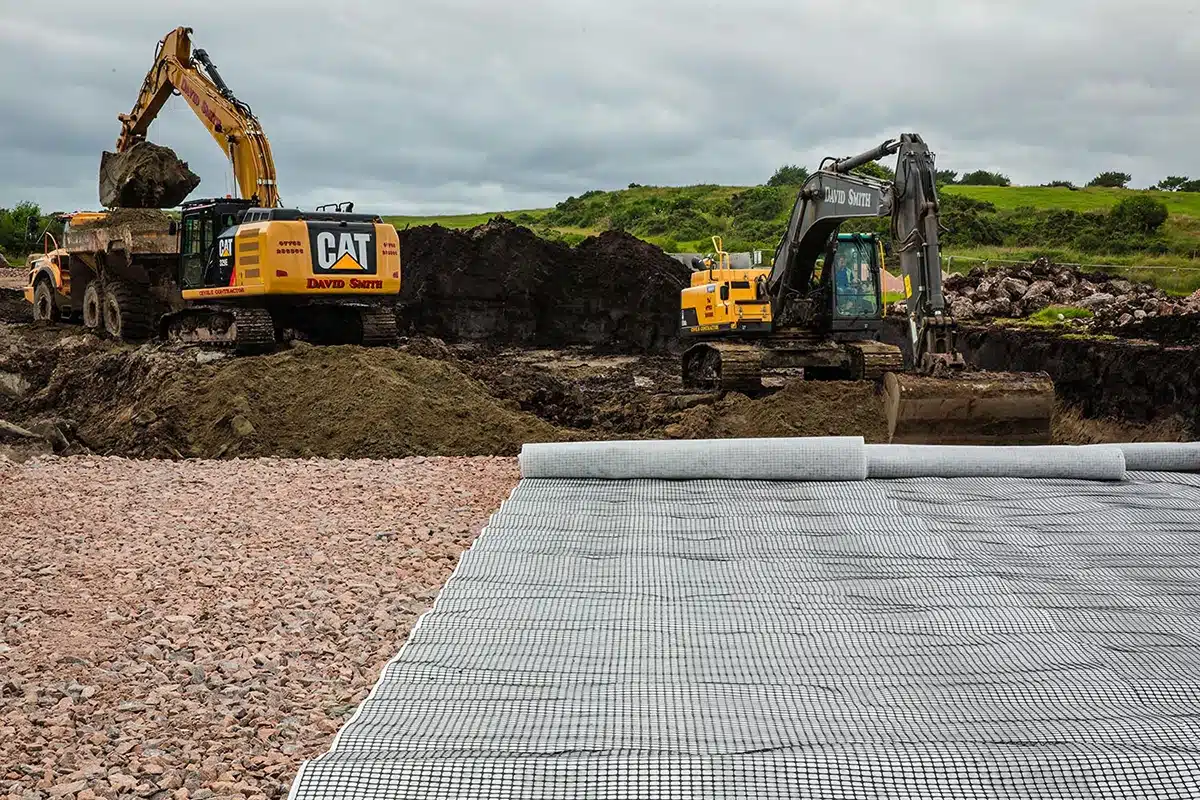
What is a geocomposite for paved roads?
A geocomposite for paved roads is a layered geosynthetic product designed to provide multiple functions, such as drainage, filtration, and reinforcement, in a single system. It typically combines materials like geotextiles and geonets to create a comprehensive solution for managing water flow and stabilizing pavement layers.
In road construction, geocomposites are used to prevent water from accumulating in the pavement base, which can weaken the structure over time. By improving drainage, geocomposites help maintain the integrity of paved surfaces and extend their lifespan.
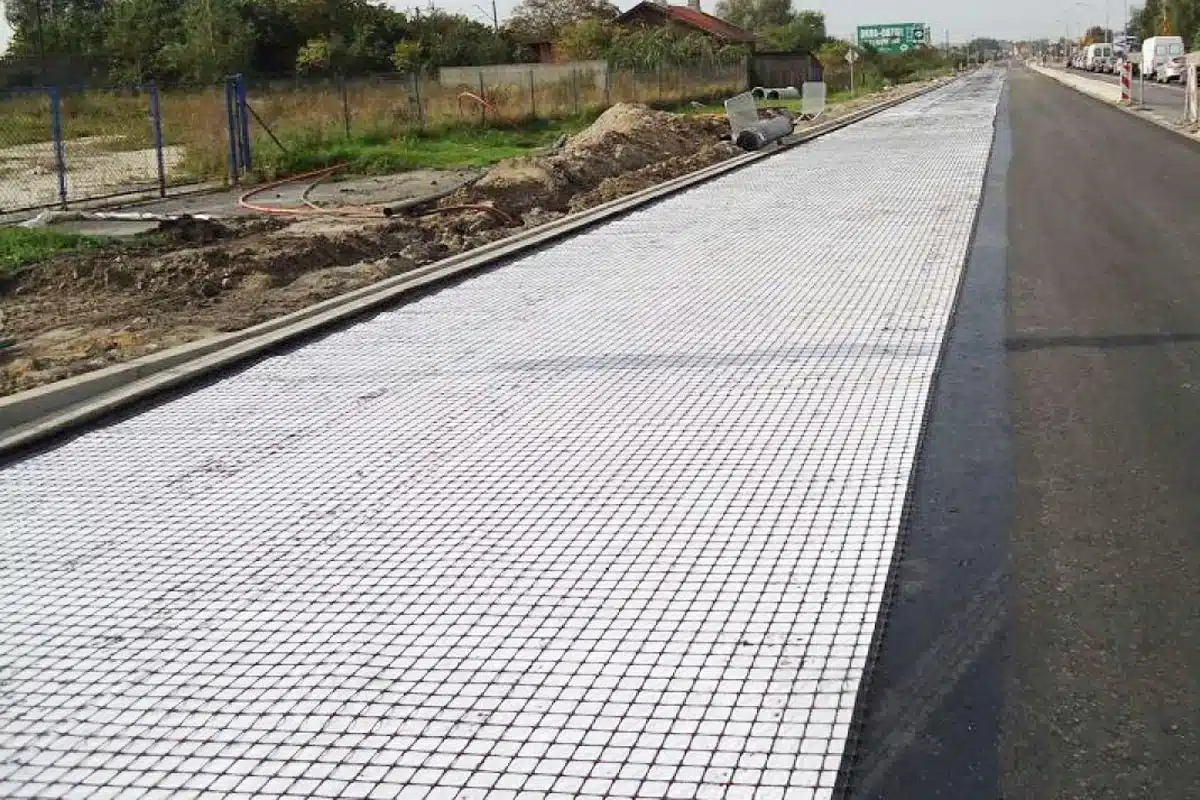
How does a geocomposite improve road performance?
A geocomposite enhances road performance by managing water infiltration and providing structural reinforcement. Water is one of the main causes of road degradation, leading to cracks, potholes, and erosion. Geocomposites mitigate this issue by creating a drainage pathway that channels water away from the pavement layers.
Additionally, geocomposites improve the load-bearing capacity of paved roads, reducing the risk of deformation under heavy traffic. The combined layers work together to maintain a stable foundation, ensuring the road remains safe and durable over time.
Where are geocomposites typically installed in paved roads?
Geocomposites are typically installed in areas prone to water accumulation or in regions with high traffic loads. Common installation points include:
- Below the base course to provide drainage and separation from the subgrade.
- Along the edges of paved roads to prevent water infiltration from the sides.
- Underneath asphalt layers to reinforce the pavement and reduce cracking.
By strategically placing geocomposite for paved roads, construction teams can significantly enhance the road’s lifespan and reduce future repair costs.
What are the benefits of using geocomposites in road construction?
The benefits of using geocomposites in road construction include:
- Improved drainage: Geocomposites manage water flow, preventing water damage to the pavement layers.
- Enhanced durability: The reinforcement properties reduce pavement cracking and deformation.
- Cost-effectiveness: By reducing the need for frequent repairs, geocomposites lower long-term maintenance costs.
- Eco-friendly solution: Geocomposites contribute to sustainable construction practices by reducing resource consumption.
In conclusion, using geocomposite for paved roads is an effective strategy to ensure road stability, improve drainage, and extend the lifespan of paved surfaces. This innovative geosynthetic solution helps reduce maintenance needs and supports sustainable infrastructure development.
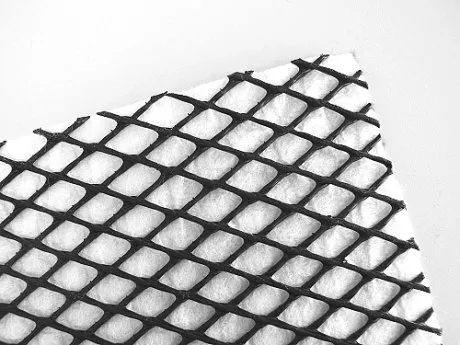
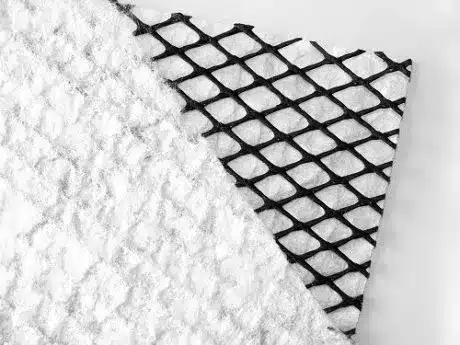
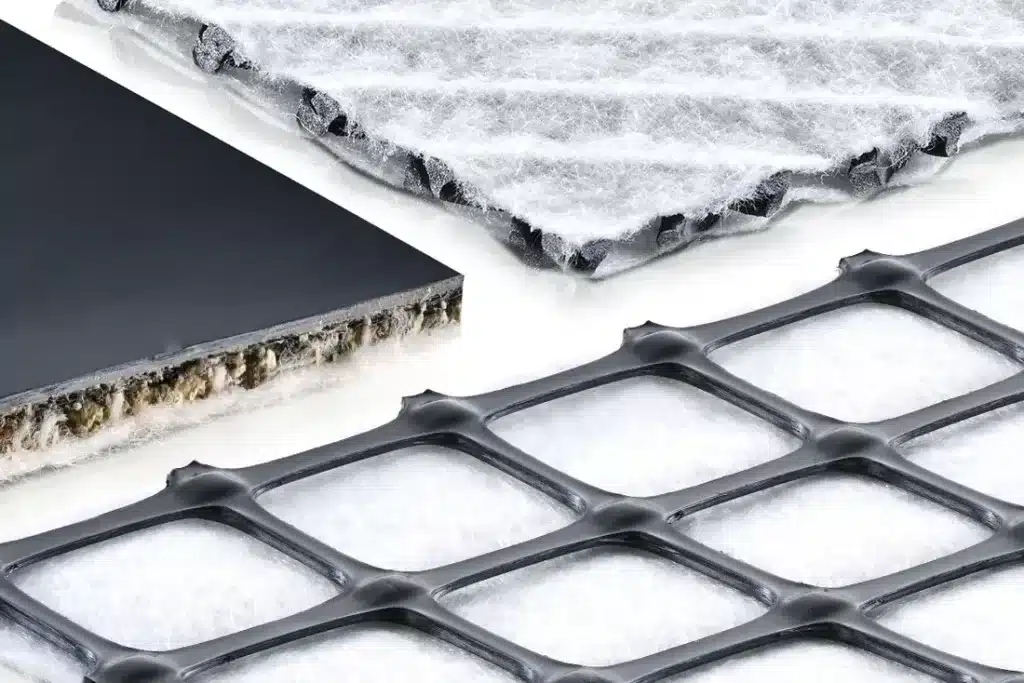
Get Free Sample
We’ll respond as soon as possible(within 12 hours)


















